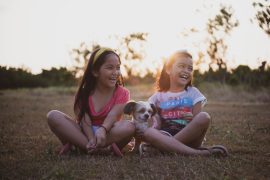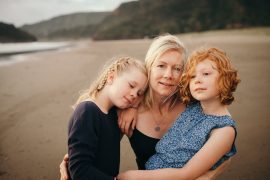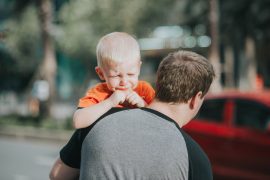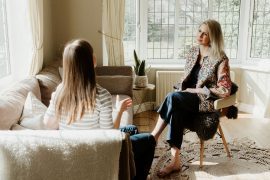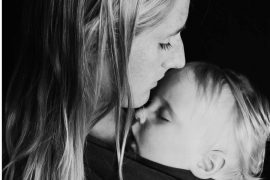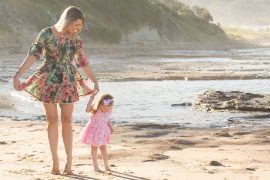What can we do to help our children (and ourselves)?
Initially it would be helpful to find out the root cause (if there is an obvious one) to our child’s anxiety. Sometimes it can be as easy as making simple changes to the environment or routines that can make a big difference to anxiety levels. Is the child worried about something in particular? Are weekly activities just getting too busy? Does the child get enough rest, exercise and healthy nutrition? Once the basics are covered we will have a starting point for intervention.
The good news is that we can actively help our children to understand, reduce and relieve anxiety. First and foremost it is important that we prioritise our children’s emotional education. It is crucial that our children learn not only to identify their own emotions and feelings, but also those of others. This will put down the foundation for children to understand their emotions and the triggers and reasons behind them, but also they will be able to understand how others are affected. The more open we are about our own emotions, the more children learn that it is normal to feel their full spectrum. It’s how we respond that will make all the difference.
The amygdala might be in charge of our/their brains at the moment, but we can actively train our brain and help the amygdala understand that there is no real danger present. Mindfulness exercises can build healthier, more integrated pathways in the brain and there are fantastic publications out there explaining the processes in our brains (I can highly recommend books by Dr. Daniel Siegel and Chris Bergstom’s illustration especially for children on www.blissfulkids.com).
The best “first aid helpers” in my view are breathing exercises, as we can practice them anytime and anywhere. Mark Krasnow, a professor of biochemistry at Stanford University conducted research in which he and his team found the scientific proof, why slow breathing can change the state of mind from anxious to calm. Apparently there is a set of nerves that is directly connected to the brain’s arousal centre:
“This liaison to the rest of the brain means that if we can slow breathing down, as we can do by deep breathing or slow controlled breaths, the idea would be that these neurons then don’t signal the arousal center, and don’t hyperactivate the brain. So you can calm your breathing and also calm your mind,” says Krasnow.
My go-to is what I call “balloon breathing” which is basically taking slow breaths inflating our tummies as if we were blowing up a balloon, and then slowly deflating it. I personally find it helpful to count and add a couple of counts to the outbreath: Breathing in 1, 2, 3, 4, breathing out, 1, 2, 3, 4, 5, 6 for example, as an extended out-breath supports the slowing down of breathing. You will find your own rhythm and what works for you. Especially for young children it is important that we explain techniques in an understandable and concrete manner.
A good way to teach “belly breathing” is letting children breathe with “breathing buddies” such as rubber ducks or teddies on their tummies. They can see the ducks rising up (swimming on the waves) with the in-breath and falling with the out-breath making the exercise visual and age appropriate. You can find further breathing and mindfulness exercises and resources in my book Roots and Wings – Childhood needs a revolution.
The important thing is that we recognise our children’s anxiety and empathise rather than tell them to calm down or not worry about it. If we address the “problem” consciously, we can help our children understand what anxiety is, what actually happens in our brains and bodies, and take myths and confusion away. We can teach them skills that will support them in coping better with anxiety when it arises and make it clear that anxiety is a normal and important part of everybody’s emotional make-up.
Alex Koster is a mum, teacher, mindfulness practitioner and author/blogger. Originally from Germany, she has also lived and worked in Co. Tipperary/Ireland since 2000. She is married and has two beautiful daughters aged 4 and 6. She has always had a great interest in education that goes beyond just traditional academia and strongly believes that children learn best through play-based approaches combined with outdoor/nature experiences. You’ll find her at her website Roots and Wings, and find her new book on Amazon.


